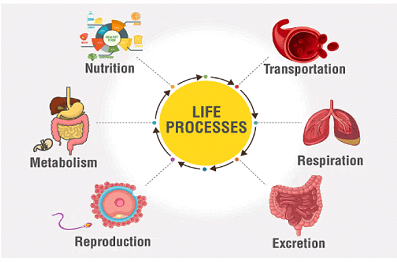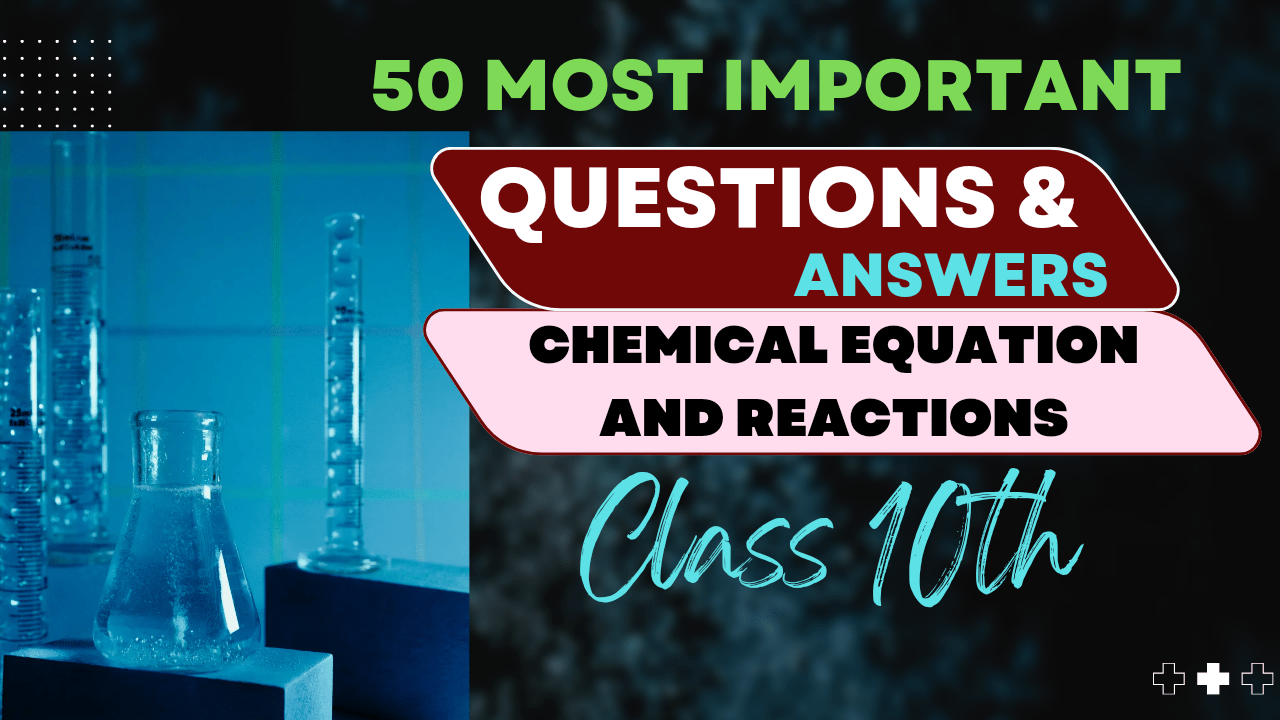Corrosion of Metals and How to prevent corrosion
What is Corrosion?
Corrosion is the gradual deterioration of metals due to chemical reactions with their environment. It’s a natural process that converts refined metals into their more chemically stable forms such as oxides, hydroxides, or sulfides. This process is similar to the natural weathering that occurs with rocks, but typically occurs much faster with refined metals.
Common Examples of Corrosion
- Rusting of iron and steel (formation of iron oxide)
- Tarnishing of silver (formation of silver sulfide)
- Green patina on copper (formation of copper carbonate)
- White rust on zinc (formation of zinc hydroxide and zinc carbonate)
Corrosion causes significant economic impact globally, with billions spent annually on replacement of corroded structures, machinery, and products. Understanding corrosion and its prevention is crucial for engineers, chemists, and materials scientists.
Types of Corrosion
1. Uniform or General Corrosion
This is the most common form of corrosion where the entire exposed surface of the metal deteriorates at a relatively uniform rate. Rusting of iron and tarnishing of silver are examples of uniform corrosion.
2. Galvanic Corrosion
This occurs when two dissimilar metals are in electrical contact in the presence of an electrolyte. The more active metal (anode) corrodes faster than it would alone, while the more noble metal (cathode) corrodes slower than it would alone.
Galvanic Corrosion Diagram
[Diagram showing two different metals connected in an electrolyte solution, with electron flow from the more active metal to the less active metal]
3. Pitting Corrosion
A localized form of corrosion where small holes or “pits” form in the metal. This is particularly dangerous as it’s difficult to detect and predict, and can lead to structural failure with relatively little overall metal loss.
4. Crevice Corrosion
This occurs in confined spaces where access to the surrounding environment is limited. Areas like gaskets, lap joints, and under deposits are prone to crevice corrosion.
5. Stress Corrosion Cracking (SCC)
The combined effect of tensile stress and a corrosive environment leads to cracking in the metal. This can happen even when neither the stress nor the corrosion alone would be problematic.
Exam Tip
Remember the key differences between different types of corrosion. Questions often ask you to identify the type of corrosion based on a scenario or to explain why a particular type occurs in specific conditions.
Rusting of Iron: The Most Common Example
Rusting is the most familiar form of corrosion, specifically referring to the oxidation of iron in the presence of oxygen and water. Rust is primarily hydrated iron(III) oxide (Fe₂O₃·nH₂O).
The Chemical Process of Rusting
Rusting is an electrochemical process involving several steps:
Step 1: Oxidation at the anode (iron dissolves)
Fe → Fe²⁺ + 2e⁻
Step 2: Reduction at the cathode (oxygen is reduced)
O₂ + 4H⁺ + 4e⁻ → 2H₂O
Step 3: Formation of rust
4Fe²⁺ + O₂ + (4+2n)H₂O → 2Fe₂O₃·nH₂O + 8H⁺
Conditions Required for Rusting
1. Oxygen
Oxygen acts as an oxidizing agent and is essential for the rusting process.
2. Water
Water provides the medium for electron transfer and ion formation.
3. Electrolyte
Salts or acids that increase conductivity accelerate the process.
Experiment to Demonstrate Rusting Conditions
Set up three test tubes with iron nails under different conditions:
- Test tube 1: Dry air only (no water) → No rusting
- Test tube 2: Boiled water with oil layer (no oxygen) → No rusting
- Test tube 3: Water and air → Rusting occurs
This experiment confirms that both oxygen and water are necessary for rusting.
Exam Tip
You might be asked to write the balanced chemical equations for the rusting process or to explain why rusting occurs faster in coastal areas (due to salt spray acting as an electrolyte).
Factors Affecting the Rate of Corrosion
| Factor | Effect on Corrosion Rate | Explanation |
|---|---|---|
| Moisture | Increases | Water is essential for the electrochemical reactions in corrosion |
| Electrolytes (salts, acids) | Increases | Enhance conductivity and facilitate electron flow |
| Temperature | Increases | Higher temperatures accelerate chemical reactions |
| Metal purity | Decreases with higher purity | Impurities create local electrochemical cells |
| Oxygen concentration | Increases | Oxygen is a key reactant in many corrosion processes |
| pH value | Complex effect | Most metals corrode faster in acidic environments, but some (like aluminum) corrode in both highly acidic and alkaline environments |
| Contact with dissimilar metals | Increases for more active metal | Creates galvanic cells where the more active metal corrodes faster |
Real-world Examples
Coastal Areas
Metal structures corrode faster in coastal regions due to salt spray from the ocean, which provides electrolytes that accelerate the corrosion process.
Industrial Environments
Increased corrosion rates due to acid rain and air pollutants like sulfur dioxide, which form acids when dissolved in moisture.
Exam Tip
Be prepared to explain how specific environmental factors affect corrosion rates. Questions might ask you to compare corrosion rates in different environments or to suggest why a particular metal corroded faster in one setting than another.
Methods of Preventing Corrosion
1. Barrier Protection
This involves applying a protective coating to isolate the metal from the corrosive environment.
Painting
Creates a physical barrier between metal and environment. Examples: Bridges, vehicles, outdoor equipment.
Oil/Grease Coating
Prevents contact with moisture and oxygen. Used for machinery, tools, and temporary protection.
Plastic Coating
Durable protection for harsh environments. Used for pipes, fittings, and outdoor furniture.
2. Galvanization
Coating iron or steel with a layer of zinc. Zinc acts as a sacrificial metal, corroding preferentially to protect the underlying iron.
Galvanization Process
[Diagram showing a cross-section of galvanized iron, with zinc layer on the outside protecting the iron underneath]
Even if the zinc coating is scratched and the iron exposed, the zinc will still corrode preferentially, protecting the iron. This is because zinc is more reactive than iron in the electrochemical series.
Applications of Galvanization
- Galvanized steel sheets for roofing
- Highway guardrails
- Chain-link fences
- Water pipes and storage tanks
3. Sacrificial Protection (Cathodic Protection)
Connecting the metal to be protected to a more reactive metal (sacrificial anode), which corrodes instead of the protected metal.
Common sacrificial anodes include:
- Magnesium (most reactive, used in freshwater)
- Zinc (intermediate reactivity, common in marine applications)
- Aluminum (used in seawater)
Real-world Application
Ship hulls are often protected by attaching zinc blocks (sacrificial anodes). As the zinc corrodes, it provides electrons to the steel hull, preventing it from corroding. These anodes need to be replaced periodically as they get consumed.
4. Impressed Current Cathodic Protection
Using an external power source to apply a negative charge to the metal structure, making it cathodic and preventing it from corroding.
Impressed Current Cathodic Protection System
[Diagram showing a metal structure connected to a negative terminal of a DC power source, with an inert anode connected to the positive terminal]
This method is often used for large structures like pipelines, storage tanks, and marine installations.
5. Alloying
Adding specific elements to a metal to create an alloy with improved corrosion resistance.
Stainless Steel
Iron alloyed with chromium (min. 10.5%) and often nickel. The chromium forms a passive oxide layer that prevents further corrosion.
Brass and Bronze
Copper alloys with improved corrosion resistance compared to pure copper. Used in marine environments and decorative applications.
6. Corrosion Inhibitors
Chemical compounds that, when added in small concentrations, decrease the corrosion rate of a metal.
Types of inhibitors:
- Anodic inhibitors: Form a protective oxide film on the metal surface (e.g., chromates, nitrites)
- Cathodic inhibitors: Reduce the rate of the cathodic reaction (e.g., calcium bicarbonate)
- Mixed inhibitors: Affect both anodic and cathodic reactions (e.g., phosphates)
Applications of Corrosion Inhibitors
- Antifreeze solutions in car radiators contain corrosion inhibitors
- Water treatment facilities use inhibitors to protect pipes
- Oil pipelines use inhibitors to prevent internal corrosion
Exam Tip
For exams, be able to explain not just what each prevention method is, but how it works on a chemical level. Understanding the electrochemical principles behind each method is crucial.
Pay special attention to the difference between galvanization and sacrificial protection, as these concepts are often confused in exams.
Economic and Environmental Importance
Economic Impact
Corrosion has a significant global economic impact:
- Global cost of corrosion is estimated to be 3-4% of GDP of industrialized countries
- Costs include direct replacement of corroded structures and equipment
- Indirect costs include downtime, loss of product, efficiency reduction, and contamination
- Preventive maintenance and corrosion-resistant designs add to overall expenses
Environmental Considerations
Corrosion prevention methods may have environmental impacts:
Environmental Concerns
- Some corrosion inhibitors contain toxic chemicals
- Heavy metals from some anti-corrosion coatings can leach into water systems
- Volatile organic compounds (VOCs) in some paints contribute to air pollution
Green Solutions
- Development of environmentally friendly coatings
- Bio-based corrosion inhibitors derived from plant extracts
- Water-based paints with lower VOC content
- More efficient cathodic protection systems that use less energy
Exam Tip
Modern chemistry exams often include questions about the environmental impact of chemical processes. Be prepared to discuss both the benefits of corrosion prevention and potential environmental concerns associated with various methods.
Practice Questions for Exam Preparation
1. Explain why iron rusts faster in coastal areas compared to inland regions.
(Hint: Consider the role of electrolytes in the corrosion process.)
2. Describe the electrochemical process that occurs during the rusting of iron. Include balanced chemical equations.
(Hint: Think about the anode and cathode reactions.)
3. Compare and contrast galvanization and cathodic protection as methods to prevent corrosion.
(Hint: Consider the principles behind each method and their practical applications.)
4. A steel water pipe is connected to a copper fitting. Explain which metal will corrode faster and why.
(Hint: Use your knowledge of the reactivity series and galvanic corrosion.)
5. Describe an experiment to demonstrate that both oxygen and water are necessary for the rusting of iron.
(Hint: Think about controlling variables to isolate the factors affecting rusting.)
Key Points Summary
Corrosion Basics
- Corrosion is the deterioration of metals due to chemical reactions with their environment
- Rusting is a specific type of corrosion affecting iron and its alloys
- Corrosion is an electrochemical process involving oxidation and reduction reactions
- Both oxygen and water are typically required for corrosion to occur
Types of Corrosion
- Uniform corrosion: Occurs evenly across the metal surface
- Galvanic corrosion: Occurs between dissimilar metals
- Pitting corrosion: Localized formation of small holes
- Crevice corrosion: Occurs in confined spaces
- Stress corrosion cracking: Combines mechanical stress and corrosive environment
Factors Affecting Corrosion
- Presence of moisture and oxygen
- Electrolytes (acids, salts)
- Temperature
- Metal purity and composition
- pH of the environment
- Contact with dissimilar metals
Prevention Methods
- Barrier protection: Painting, coating, plating
- Galvanization: Coating with zinc
- Cathodic protection: Sacrificial anodes or impressed current
- Alloying: Creating corrosion-resistant alloys
- Corrosion inhibitors: Chemicals that slow corrosion
- Design considerations: Avoid water traps, crevices, dissimilar metal contact



